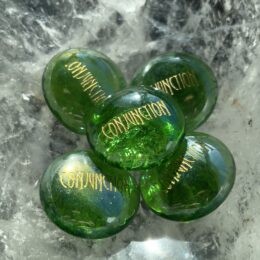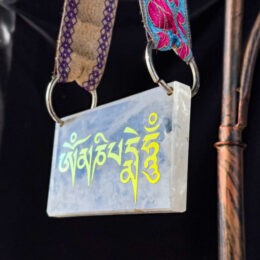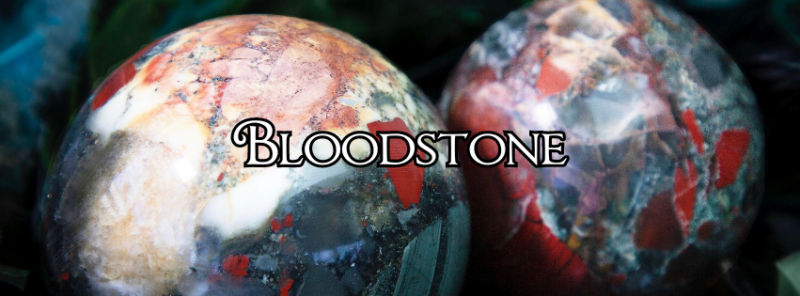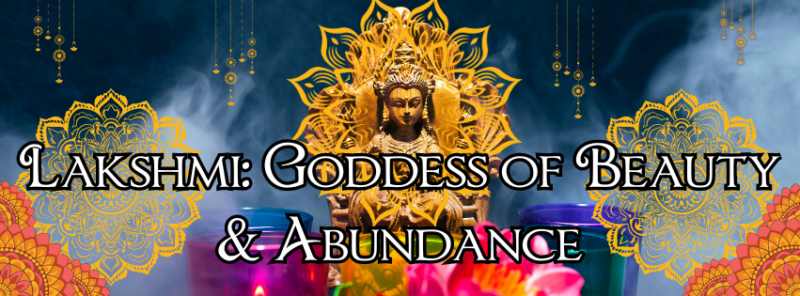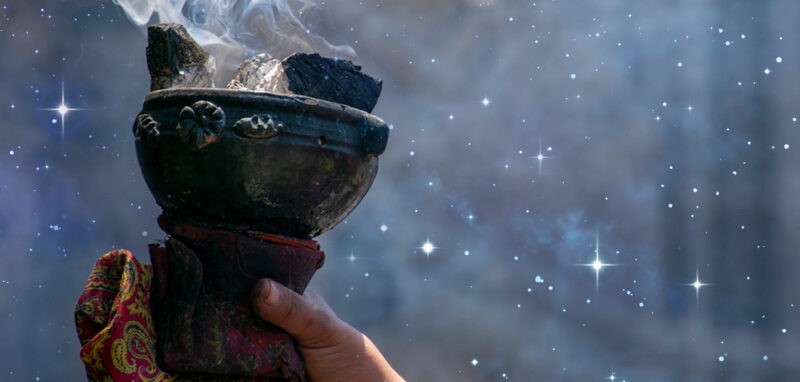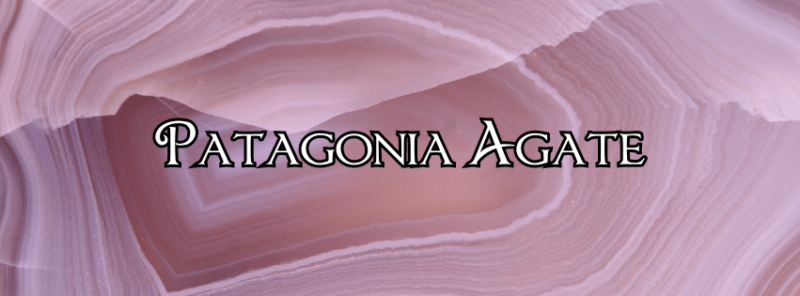Your cart is currently empty!

What is an Eclipse?
An eclipse is a significant celestial event that occurs when the Sun, Moon, and Earth align so that one obscures the light of another. In astrology, eclipses are considered potent catalysts for change and transformation. They have a way of shaking things up and pushing us out of our comfort zones. This often leads to important shifts in consciousness and personal growth.
There are two types of eclipses: Solar eclipses and lunar eclipses.
What is a Solar Eclipse?
A solar eclipse occurs when the Moon passes between the Earth and the Sun, blocking the Sun’s light from reaching the Earth. This phenomenon can result in a partial or total eclipse, depending on the alignment of the Sun, Moon, and Earth.
Solar eclipses occur periodically due to the Moon’s orbit around the Earth and the Earth’s orbit around the Sun. However, not every new moon results in a solar eclipse. This is because the Moon’s orbit is slightly tilted relative to the Earth’s orbit around the Sun. As a result, the alignment of the Sun, Moon, and Earth must be nearly perfect for a solar eclipse to occur.
From an astrological perspective, solar eclipses are powerful moments of new beginnings and opportunities for growth. They often coincide with major life events, bringing changes, endings, and new beginnings. Each solar eclipse is also influenced by the energy of the astrological sign that the Sun and Moon are transiting.
There are three types of solar eclipses: Total, partial, and annular.
- Total Solar Eclipse: During a total solar eclipse, the Moon completely covers the Sun, casting a shadow on the Earth. This creates a brief period of darkness known as the path of totality in the regions where the eclipse is visible.
- Partial Solar Eclipse: In a partial solar eclipse, the Moon only partially covers the Sun, casting a smaller shadow on the Earth. This results in a partial dimming of sunlight in the regions where the eclipse is visible.
- Annular Solar Eclipse: An annular solar eclipse occurs when the Moon is too far away from the Earth to completely cover the Sun. This creates a ring of sunlight around the edges of the Moon, giving the appearance of a ‘ring of fire’ in the sky.
Note: You should not view a solar eclipse with the naked eye as it may cause permanent vision damage. Use safe viewing methods, such as eclipse glasses, to observe this spectacular event.
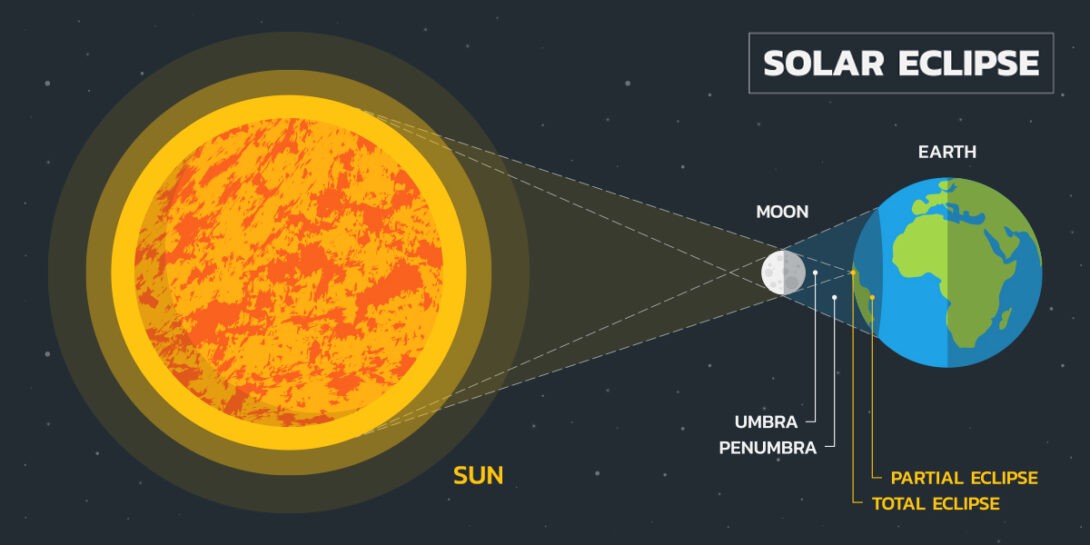
What is a Lunar Eclipse?
A lunar eclipse occurs when the Earth passes between the Sun and the Moon, causing the Earth’s shadow to fall on the Moon. This happens during the full moon phase when the Earth is positioned directly between the Sun and the Moon. It is only visible on the night side of Earth.
Lunar eclipses occur periodically due to the alignment of the Sun, Earth, and Moon. However, not every full moon results in a lunar eclipse because the Moon’s orbit is slightly tilted relative to the Earth’s orbit around the Sun. As a result, the alignment must be nearly perfect for a lunar eclipse to occur.
Astrologically, lunar eclipses are associated with culmination, release, and emotional breakthroughs. They often bring hidden emotions to the surface and illuminate areas of our lives that need attention or resolution. The effects of lunar eclipses are felt most strongly in the areas of life represented by the zodiac sign that the Moon is transiting.
There are three types of lunar eclipses: Total, partial, and penumbral.
- Total Lunar Eclipse: During a total lunar eclipse, the Earth’s umbra (the central, darkest part of its shadow) completely covers the Moon. This can give the Moon a reddish or coppery hue, often referred to as a ‘blood moon.’ This color is caused by the scattering of sunlight through Earth’s atmosphere.
- Partial Lunar Eclipse: In a partial lunar eclipse, only part of the Moon passes through the Earth’s umbra, resulting in a partial darkening of the Moon’s surface.
- Penumbral Lunar Eclipse: A penumbral lunar eclipse occurs when the Moon crosses through the Earth’s penumbra (the outer part of its shadow). This results in a subtle darkening of the Moon, which may be difficult to discern without careful observation.

Self-Care For Eclipse Season
- Rest and Recharge: Eclipses can be intense periods of energy, so prioritize rest and relaxation during this time. Listen to your body and give yourself permission to slow down and recharge as needed.
- Journaling: Use journaling as a tool for self-reflection during eclipses. Write down your thoughts, feelings, and any insights that arise during this potent astrological period. Reflect on what you’re ready to release and what new intentions you want to set.
- Grounding Practices: Grounding techniques such as spending time in nature, practicing mindfulness, or doing grounding yoga poses can help you stay centered and balanced during eclipses.
- Cleansing Rituals: Take a ritual bath or smudge your space with sage or palo santo to cleanse your energy and release any stagnant or negative vibes. Set the intention to purify and renew yourself during this transformative time.
- Healthy Boundaries: Honor your boundaries and prioritize your needs during eclipses. Say no to commitments or activities that drain your energy and focus on nurturing yourself instead.
Crystals to Work With During an Eclipse
- Labradorite: Labradorite is a stone of transformation and is highly beneficial during eclipses. It helps to facilitate spiritual growth, enhance intuition, and protect against negative energies. Labradorite assists you in navigating the changes and transitions that come with eclipse energy.
- Rainbow Moonstone: As a stone deeply connected to lunar energy, rainbow moonstone is particularly potent during lunar eclipses. It enhances intuition, promotes emotional balance, and supports deep inner work. Rainbow moonstone helps you access the subconscious mind and uncover hidden truths during eclipse season.
- Black Tourmaline: Black tourmaline is a powerful protective stone that shields against negative energies and electromagnetic radiation. It’s helpful to work with during both solar and lunar eclipses to help you stay grounded, centered, and protected.
- Selenite: Selenite is known for its purifying and cleansing properties, making it an excellent crystal to work with during eclipses. It helps to clear stagnant energy, elevate your vibration, and connect you with higher realms of consciousness. Selenite facilitates spiritual clarity and insight during eclipse season.
- Amethyst: Amethyst is a stone of spiritual awakening and divine connection, making it ideal for eclipse energy. It helps to calm the mind, enhance intuition, and facilitate spiritual growth. Amethyst supports you in releasing old patterns, accessing higher wisdom, and aligning with your soul’s purpose.
- Smoky Quartz: Smoky quartz is a grounding and protective stone that helps to transmute negative energies and emotions. It’s beneficial for working through emotional challenges and releasing blockages during eclipse season. Smoky quartz also assists in letting go of old habits and patterns that no longer serve you.



